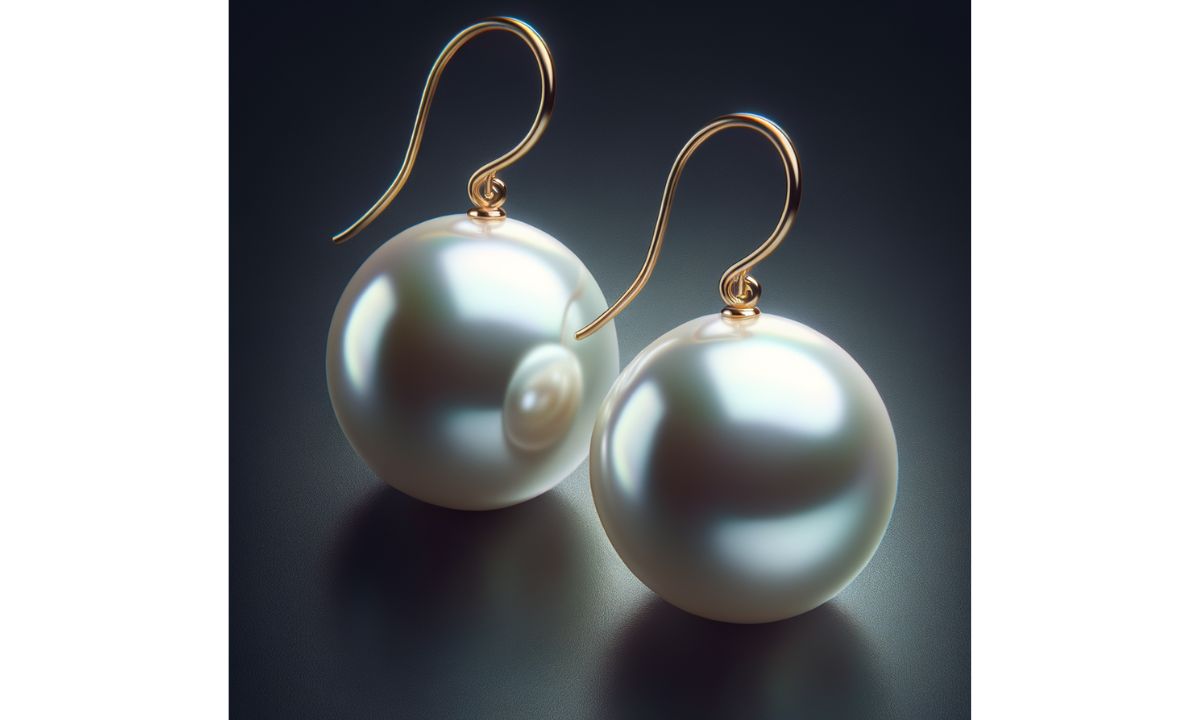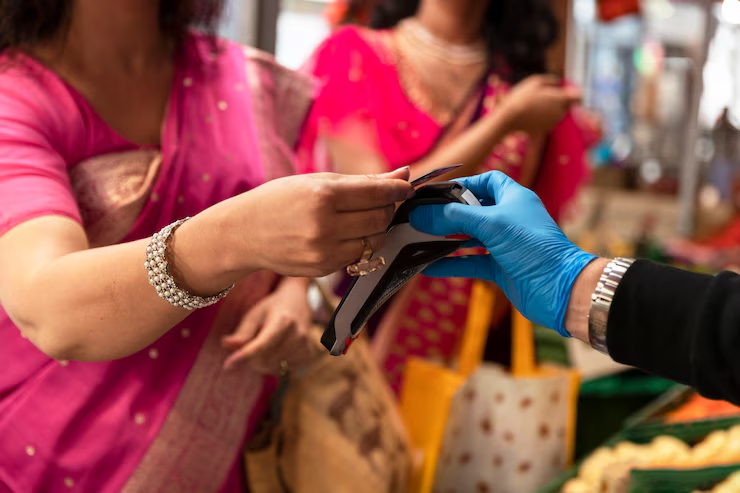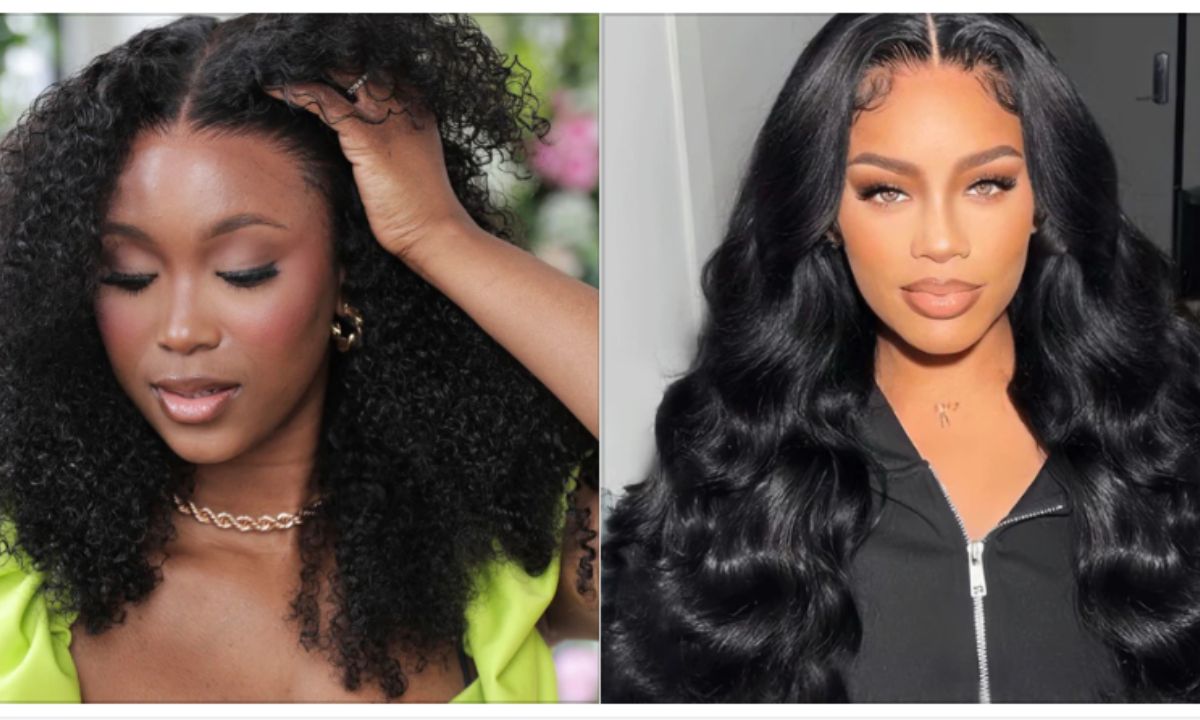Pearls have always symbolised elegance, luxury, and timeless beauty. Whether you’re planning to buy your first pair of pearl earrings or looking to enhance your collection, understanding the different types of pearls and how they can elevate your style is crucial. In this article, we’ll dive deep into the fascinating world of pearls, explore the various types, and provide tips on choosing the best pearls for your earrings. Let’s get started!
The History and Origins of Pearls
Did you know that pearls are one of the oldest known gemstones to mankind? Their history goes back thousands of years. Ancient civilizations, like the Egyptians and the Chinese, were already adorning themselves with pearls as early as 2300 B.C. Pearls were often reserved for royalty and the elite, adding to their mystique and allure.
Over time, pearls have been harvested from both freshwater and saltwater sources. Today, they remain one of the most sought-after jewels for fine jewelry, especially in earrings, necklaces, and rings.
How Pearls Are Formed
At the heart of every pearl is a fascinating process of natural creation. Pearls are formed when an irritant, such as a grain of sand or a parasite, enters an oyster or a mollusk. To protect itself, the mollusk secretes layers of a substance called nacre around the irritant, which over time forms a pearl. The quality and size of the pearl depend on various factors, including the type of mollusk and the conditions in which it grows.
Different Types of Pearls
When it comes to pearls, not all are created equal. Depending on their origin, size, shape, and luster, pearl earrings can vary significantly in value and appeal. Let’s look at the major types of pearls that are commonly used for earrings.
Freshwater Pearls
Freshwater pearls are known for their affordability and variety. They are cultivated in freshwater lakes and rivers, and because they grow in diverse shapes, sizes, and colors, they provide a unique option for jewelry lovers. While they may not always have the same level of luster as saltwater pearls, they are still incredibly beautiful and come in a wide range of hues, from white to peach to lavender.
Saltwater Pearls
Saltwater pearls, as the name suggests, are formed in oceanic waters and are known for their superior quality and high luster. These pearls are typically rounder and smoother compared to freshwater pearls, which makes them highly prized in the jewelry industry.
Akoya Pearls
Akoya pearls are one of the most popular types of saltwater pearls, particularly prized for their perfect round shape and mirror-like luster. They are primarily found in Japan and China, and their classic white or cream color makes them a staple in pearl earrings.
South Sea Pearls
South Sea pearls are renowned for their large size and rich, creamy luster. These pearls are cultivated in the warm waters of the South Pacific, and their colors can range from white to golden. Due to their size and rarity, South Sea pearls are among the most expensive on the market.
Tahitian Pearls
Tahitian pearls are famous for their exotic and deep colors, which range from dark green to black, and even peacock hues. These pearls are grown in the lagoons of French Polynesia and are often considered a symbol of sophistication and luxury. They can add a unique touch to any pair of pearl earrings, offering a more bold and modern look.
Factors to Consider When Choosing Pearls for Earrings
When selecting pearls for earrings, it’s essential to consider several key factors to ensure you’re making the best choice for both style and quality.
Size and Shape
The size of the pearl plays a significant role in determining its price and aesthetic appeal. Larger pearls are rarer and more expensive, while smaller pearls offer a delicate, understated look. Pearls come in a variety of shapes, too—round, oval, button, and baroque. Depending on the style you’re going for, the shape can make a big difference in the overall design of your earrings.
Luster and Surface Quality
Luster is often considered the most important factor when judging the quality of a pearl. It refers to how well the light reflects off the surface of the pearl, and higher-quality pearls will have a bright, mirror-like shine. Pearls with minimal blemishes and smooth surfaces are also highly prized in the jewelry world.
How to Care for Your Pearl Earrings
Pearls are delicate and require proper care to maintain their beauty and longevity. Fortunately, with a little attention, your pearl earrings can last for many years.
Cleaning and Storing Pearls
To clean your pearl earrings, simply use a soft cloth and avoid harsh chemicals or abrasives. It’s important to store your pearls in a cool, dry place away from other jewelry that could scratch them. Ideally, keep them in a soft pouch or jewelry box designed specifically for pearls.
Handling Pearls with Care
When handling your pearls, always remember to avoid wearing them while applying perfumes or lotions, as these can damage the delicate surface of the pearls. Also, be mindful of physical activities that might cause the pearls to get scratched or chipped.
ALSO READ: The Ultimate Guide to Choose the Best Vitamin C Cleanser











